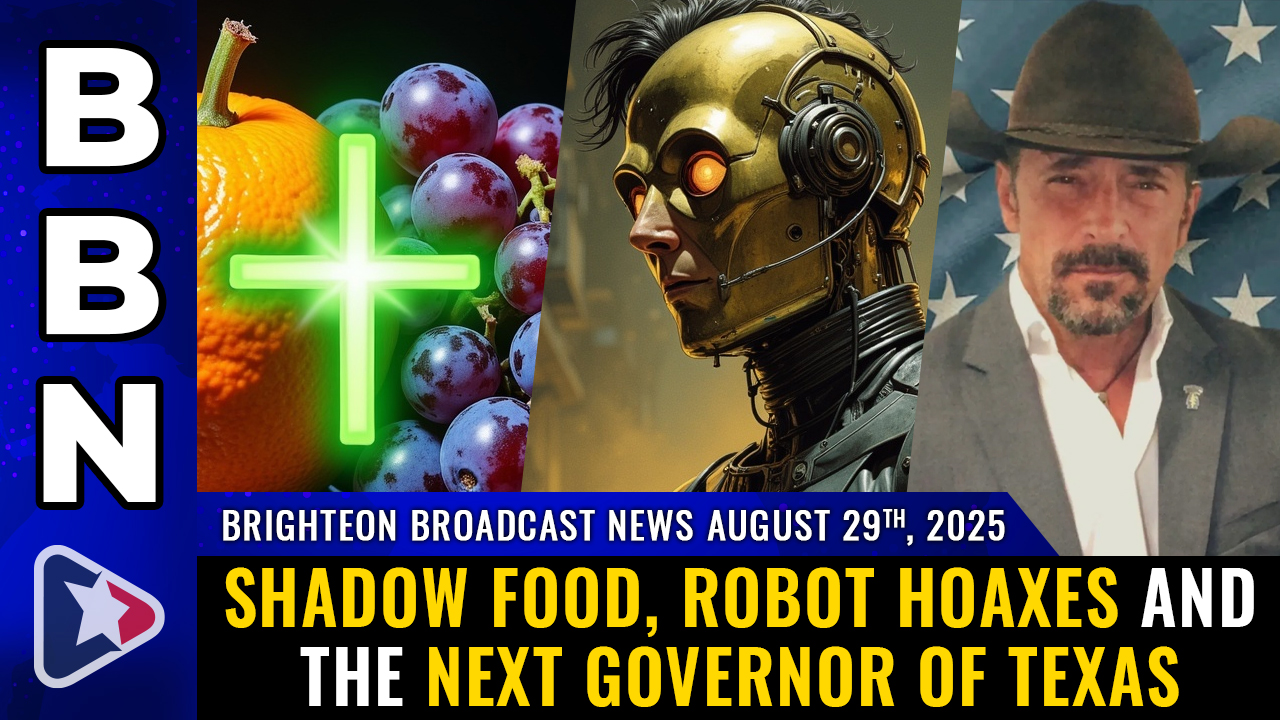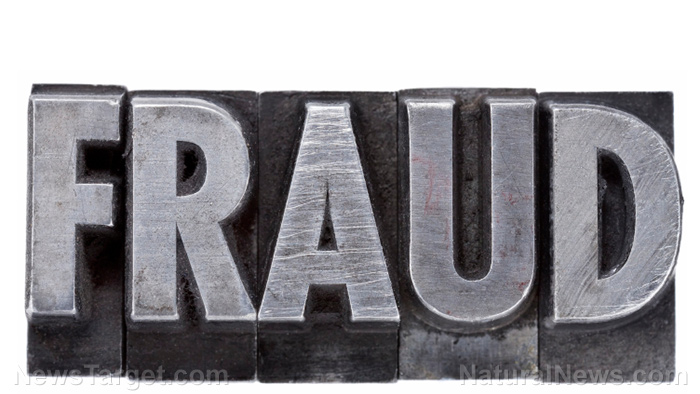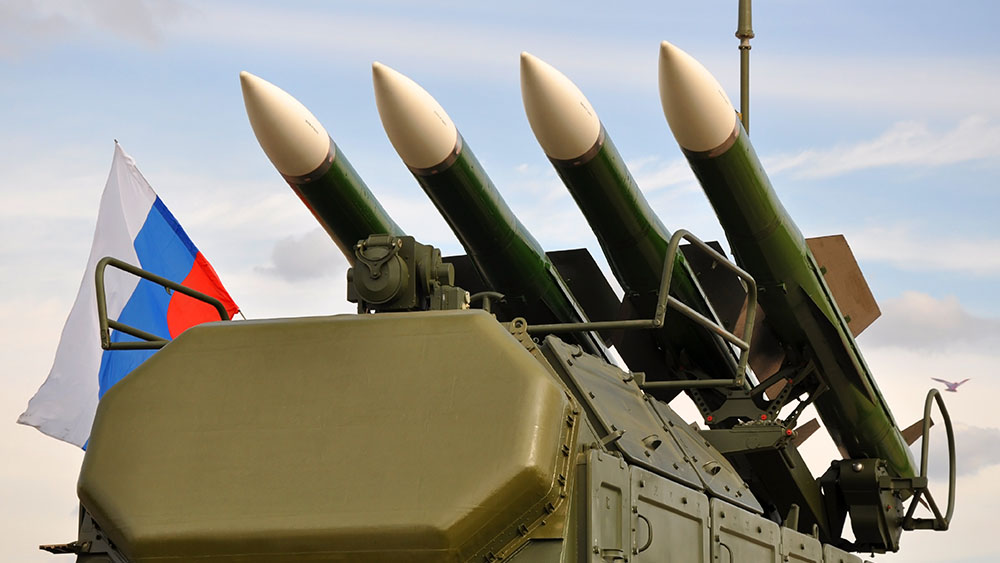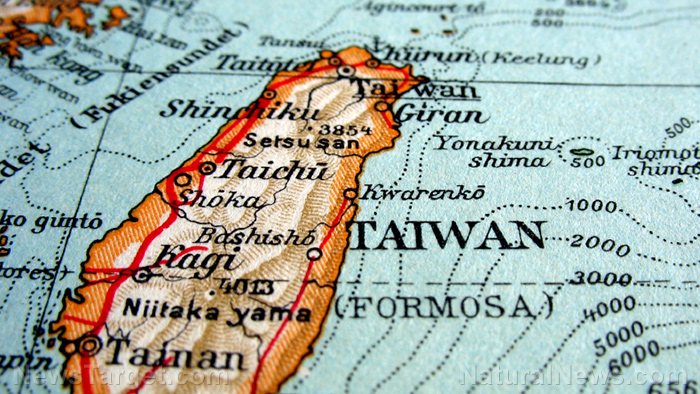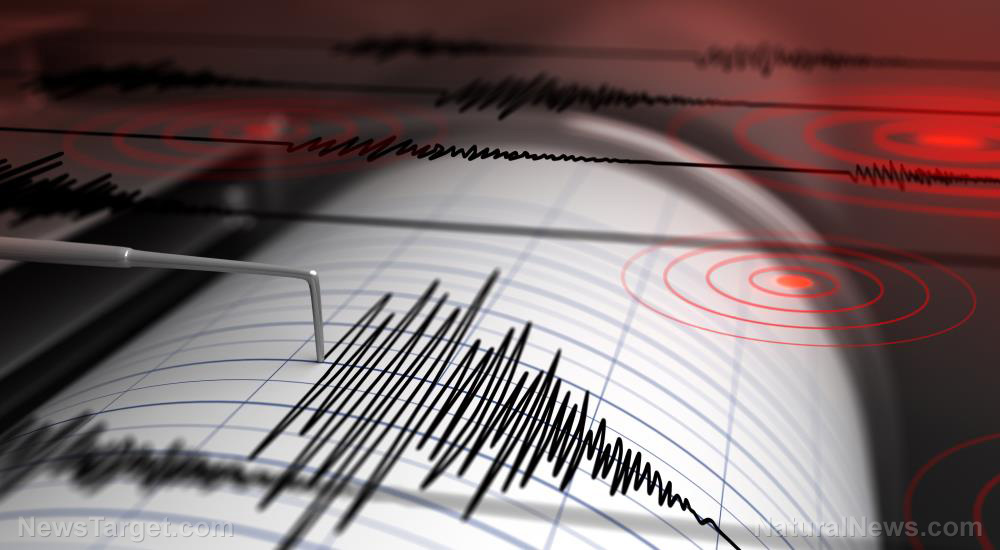
- New USGS study reveals Yellowstone’s magma system is a fragmented "club sandwich" of partially molten rock, not a single explosive reservoir, with 400–500 km³ of rhyolitic magma concentrated in the northeast caldera.
- No imminent eruption, but scientists warn of misleading "prediction" headlines — including a disputed 16 percent global chance of a VEI-7+ eruption by 2100, a figure not tied to Yellowstone specifically.
- A super-eruption’s global impact would dwarf past disasters (e.g., Tambora’s 1815 "Year Without a Summer"), triggering decades-long climate cooling, agricultural collapse and infrastructure devastation from ashfall.
- Monitoring gaps persist: While seismic arrays, satellites and gas sensors track activity, no system can predict eruptions with certainty, underscoring the need for international preparedness.
- Experts urge focus on earthquakes, not volcanic doomsday scenarios — magnitude 7+ quakes pose a more immediate, underaddressed threat to the U.S. West.
Yellowstone’s magma: A slow-cooking stew, not a ticking bomb
The USGS study revealed that Yellowstone’s underground magma isn’t a single, pressurized chamber but a fragmented network of partially molten rock — some pockets only 2-30 percent liquid. While the system contains enough rhyolitic magma to fill Lake Erie, it lacks the connectivity for a sudden, catastrophic eruption. "We’re talking geological timescales — thousands of years — not human ones," said Dr. Michael Poland, scientist-in-charge of the Yellowstone Volcano Observatory. Yet the media latched onto a 16 percent global eruption probability from a separate, paywalled opinion piece by climate professor Markus Stoffel. His estimate, based on disputed 430-year recurrence intervals, was not tied to Yellowstone — just a broad statistical guess. "It’s like warning of a global hurricane without saying where it might hit," said Dr. Erik Klemetti, a volcanologist at Denison University.The real threat: Earthquakes, not eruptions
While headlines fixate on volcanic doom, seismologists warn of a far more immediate danger: major earthquakes. The Wasatch Fault (Utah), the Cascade Subduction Zone (Pacific Northwest) and Yellowstone’s own seismic networks all point to an overdue "Big One."- The 1959 Hebgen Lake quake (M7.3) near Yellowstone killed 28 and triggered a massive landslide.
- The Cascade Subduction Zone has a 37% chance of an M8.0+ quake in the next 50 years.
- Salt Lake City faces a 43% chance of a M6.75+ quake by 2045.
What if Yellowstone did erupt? (Spoiler: It won’t soon)
If Yellowstone erupted catastrophically, the effects would be severe but not extinction-level. USGS modeling suggests:- Ashfall up to 3 cm in Chicago, San Francisco and Winnipeg, collapsing roofs and contaminating water.
- Global cooling of 4°C for 15–20 years due to sulfur dioxide blocking sunlight, triggering crop failures.
- Long-term toxicity from heavy metals (arsenic, cadmium, mercury) in the ash.
The bottom line: Fear the quake, Not the volcano
Yellowstone’s magma system is not on the verge of annihilating humanity. The real story is one of scientific progress distorted by media hype, while a far more pressing threat — major earthquakes — goes underreported. "If you’re worried about geological disasters, stock up on earthquake supplies, not doomsday bunkers," said Dr. Poland. "And next time you see ‘Scientists Warn,’ ask: Which scientists? And what exactly are they warning about?" For now, Yellowstone’s bison graze on, oblivious to the human panic — and the real faults lurking beneath our feet. Sources for this article include: WattsUpWithThat.com DailyGalaxy.comHealth Ranger Report: Ron Paul on the high cost of endless WAR
By Ramon Tomey // Share
Denmark summons U.S. diplomats following covert influence campaign in Greenland
By Ramon Tomey // Share
FDA recalls ice cream in 16 states over undeclared nuts after a packaging mix-up
By Olivia Cook // Share
Drinking straw: An overlooked survival tool with many uses
By Evangelyn Rodriguez // Share
From fake robots to poisoned food: Health Ranger exposes globalist deception on multiple fronts
By Finn Heartley // Share
A viral video ignites federal firestorm over Minnesota fraud
By willowt // Share
Russia activates "unstoppable" Poseidon tsunami drone
By kevinhughes // Share
Russian FM Lavrov: Moscow will back China on Taiwan issue
By ramontomeydw // Share
The breakfast clock: Why timing your morning meal is a secret weapon against high cholesterol
By jacobthomas // Share
The Health Ranger's New Year Revolution: The ultimate guide to health, wealth and freedom
By kevinhughes // Share
"Absolute Healing" on BrightU: Experts explore COVID-19 as an engineered bioweapon
By jacobthomas // Share





